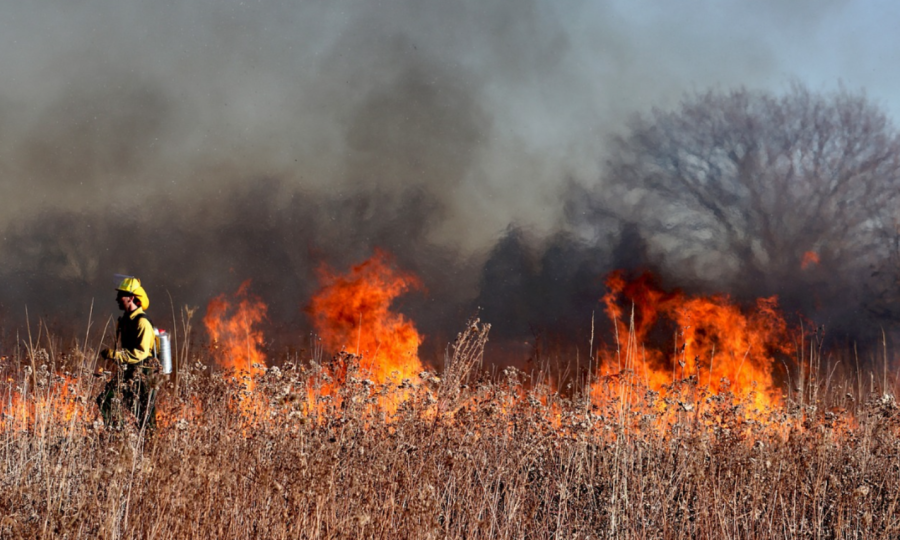Canadian Wildfires Cause Smoke To Overtake Parts Of Northeastern United States
June 30, 2023
The Canadian wildfires have been burning since late May. Typically, a majority of the fires will take place from July to September with some fires taking place in May. However, the current fire severity is unprecedented for this time of year. And as Canada further enters their wildfire season, there seems to be no end in sight.
When examining the causes of wildfires in any region, it’s essential to look at various factors. Lightning initially triggered the flames, which were further fueled by the intense Canadian heat.
“As we have climate change we’re going to have more thunderstorms,” Austin Community College professor Dr. Blodgett said. “Those produce positive lightning as opposed to negative lightning. Positive lightning has a more intense voltage that’s likely to cause a tree to burn.”
The smoke from the wildfires carried over into the United States. Within the smoke-covered Northeastern United States, one majorly affected state was New York, which experienced its worst air quality in history as a result.
“It all happened really fast,” New York resident Sydney Richards said. “Everyone’s stomachs started hurting and then everyone got really bad headaches.”
While global warming doesn’t directly cause wildfires, it contributes to the severity of the fires by increasing the heat in the area.
“Current policies that are being put in place and actions in the private sector aren’t enough to limit global warming within acceptable limits,” American University student Jake Schlanger said. “That’s going to translate to more extreme weather patterns, which we’re already seeing here in Texas.”
There are still actions people can take in their own backyards to help prevent wildfires and keep everyone safe.
“In 2011, there were horrific fires, record fires, east of Austin near Bastrop,” Dr. Blodgett said. “Those areas are susceptible to burning, so if you’re a homeowner and if you live in those areas, clearing out the underbrush and debris back about 30 feet from your house will make you and your neighbors safer.”



